Ovariectomy (oophorectomy)
Ovariectomy or oophorectomy is a type of surgical treatment for endometriosis and tumors. The procedure can be unilateral or bilateral. Ovariectomy eliminates the cause of pain, prevents complications, and improves quality of life. In this article, you will learn how the operation is performed, what results it gives, and how to properly prepare for it.

specialists

equipment

treatment
Methods of performing ovariectomy surgery
Laparoscopic method
It is considered the least traumatic. The procedure is performed under general anesthesia through 3-4 small punctures in the abdominal wall. One puncture is used to insert a laparoscope with a camera that transmits an enlarged image to the screen, the others are for surgical instruments. The ovary is removed carefully so as not to damage adjacent tissues. The entire procedure lasts about 1-1.5 hours.
After laparoscopy, the patient remains in the hospital for 1-2 days. Light exercise can be started after 2 weeks. Full recovery takes a month.
Cavity method
It is chosen if a malignant tumor is suspected or if there are significant pathological changes in the tissues. The procedure is performed through an incision in the lower abdomen under general anesthesia. The doctor gets full access to the organs, removes the ovary and, if necessary, the affected tissues nearby. The procedure lasts from 1.5 to 2 hours.
Rehabilitation after abdominal surgery takes longer. The first 3-5 days the patient is under the supervision of doctors. The stitches are removed on the 7-10th day. Full recovery takes 6 weeks.
Robot-assisted surgery
A modern method that involves high precision and minimal invasiveness. Instruments and a camera are inserted through small punctures in the abdominal wall. The surgeon controls the process using a robotic system, which minimizes tissue damage.
After the robotic surgery, the patient is discharged after 1-2 days. You can return to your normal daily life after 2-3 weeks.
Advantages of performing oophorectomy at the K+31 clinic
At the K+31 clinic in Moscow, all stages of treatment are carried out in accordance with modern standards:
- Innovative technologies. The operation is performed using laparoscopic equipment
- Individual approach. Before the intervention, the patient undergoes a full examination. Doctors select a treatment method taking into account the state of health
- Qualifications of doctors. The procedures are performed by experienced gynecological surgeons
- Rehabilitation. Each patient is given a recovery plan after oophorectomy
- Comprehensive support. The patient receives support at all stages: from diagnosis to rehabilitation
Sign up for a consultation at the K+31 clinic to get professional help! Prices for oophorectomy and other services can be found in the price list on our website.
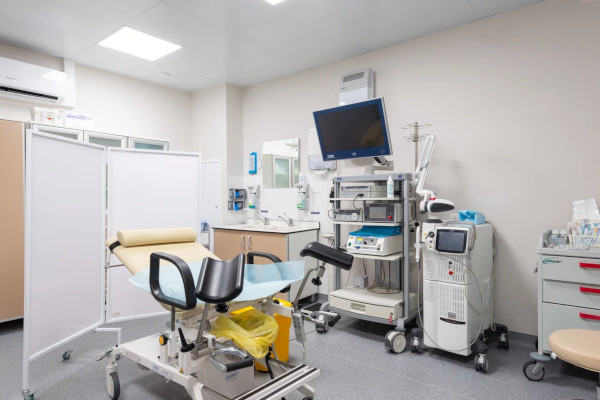
Answers to popular questions
Doctors of "K+31" answer the most popular questions about ovarian removal (oophorectomy):
How do I know if I need to remove my ovaries?
What happens to hormones after an oophorectomy?
Is it still possible to get pregnant after an oophorectomy?
When can I return to normal life after an oophorectomy?
Can an oophorectomy be performed if there are inflammatory processes?
What tests are required before an oophorectomy?
Are there any age restrictions for an oophorectomy?
How does an oophorectomy affect sexual life?

This award is given to clinics with the highest ratings according to user ratings, a large number of requests from this site, and in the absence of critical violations.

This award is given to clinics with the highest ratings according to user ratings. It means that the place is known, loved, and definitely worth visiting.

The ProDoctors portal collected 500 thousand reviews, compiled a rating of doctors based on them and awarded the best. We are proud that our doctors are among those awarded.
Make an appointment at a convenient time on the nearest date
Price
Other services
Hormone therapy
Radio wave gynecology with the Surgitron deviceLaser therapy using the Photona device
Sling operations Ectopic pregnancy Delayed menstruation Removal of the uterus (hysterectomy) Thrush (vaginal candidiasis) Prolapse of the uterus and vagina Uterine polyp (endometrial polyp) Cervical dysplasia Adenomyosis Treatment of sexual infections Vaginitis (Colpitis) Erythroplakia of the cervix Endometritis Bacterial vaginosis Symphysitis (symphysiopathy) Erosion and ectopia of the cervix Vulvovaginitis Premenopause Uterine artery embolization for uterine fibroids Cervicitis Gynecologist consultation Dysmenorrhea (painful periods) Amenorrhea Postmenopausal Sphinctermetry Treatment and intimate rejuvenation with the Fotona laser Adenomyosis (Endometriosis of the uterus) Vulvitis Vaginal surgeries Inflammation of the appendages (adnexitis, salpingo-oophoritis) Labiaplasty (labiaplasty) Bartholinitis Surgery to remove an ovarian cyst Prolapse (prolapse) of the uterus and vagina Hormone replacement therapy (HRT) First menstruation 7 days after embryo transfer Biochemical pregnancy IVF protein diet Day 5 after embryo transfer Follicles Bicornuate uterus and pregnancy Day 9 after embryo transfer 1 day after embryo transfer Age and Fertility 10 days after embryo transfer

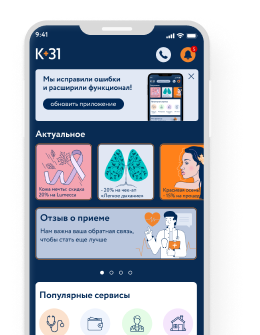


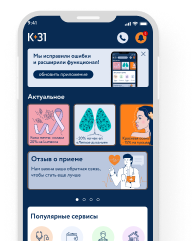
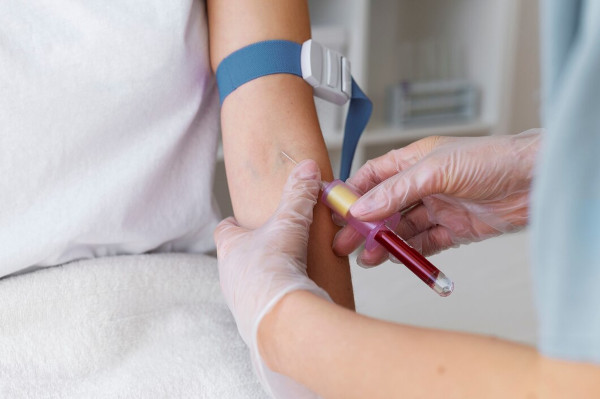
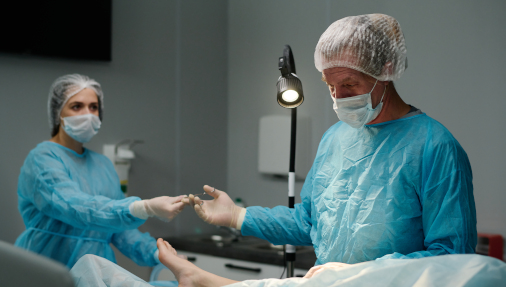


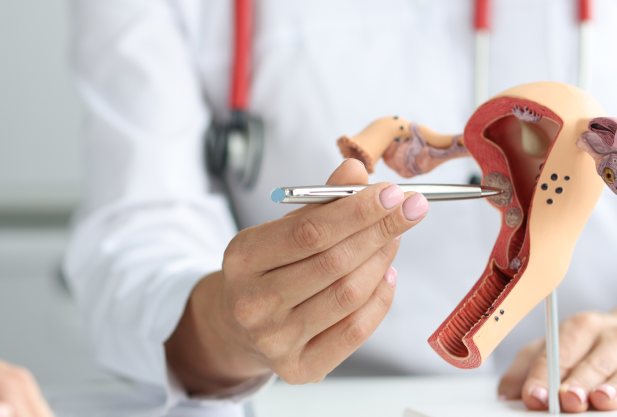
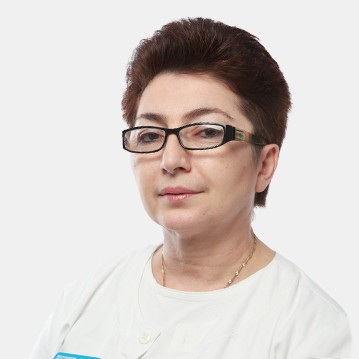
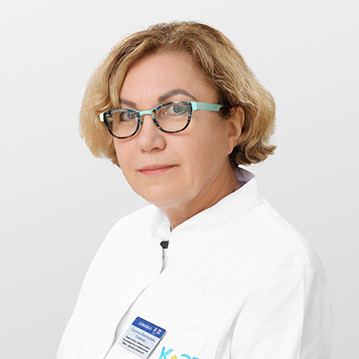







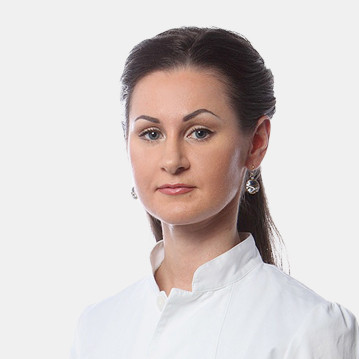


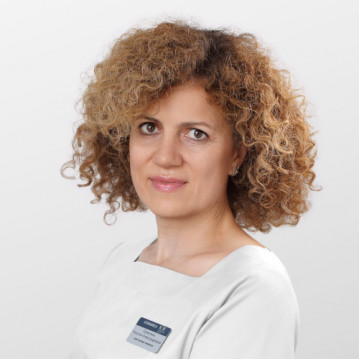


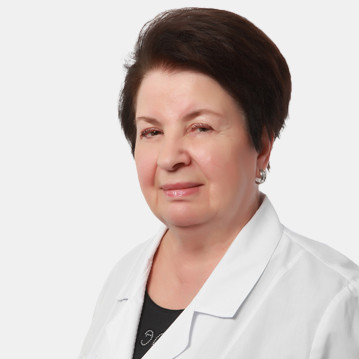

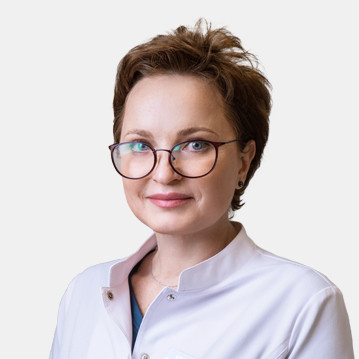
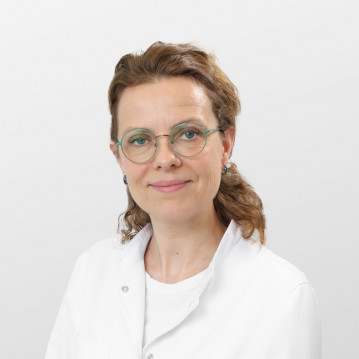
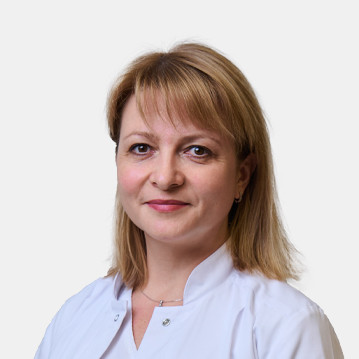

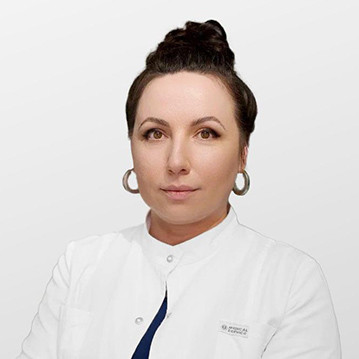
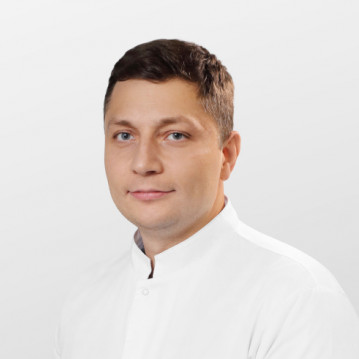


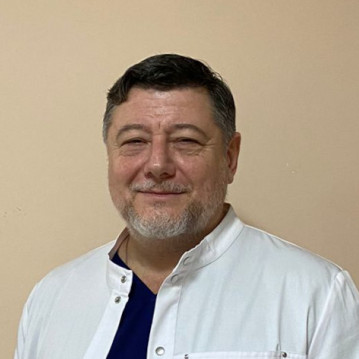
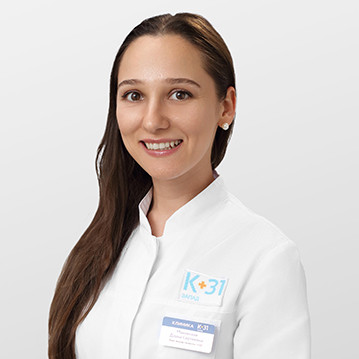










What is oophorectomy?
Ovariectomy is an operation to remove one or both ovaries. It is performed according to strict indications when a woman's health is at risk.
The intervention is most often performed laparoscopically - through small punctures, which implies minimal invasiveness and a short recovery time. In complex cases, the doctor makes an abdominal incision.